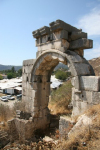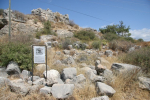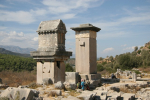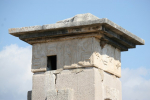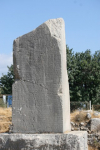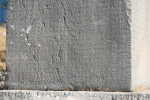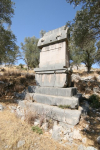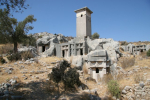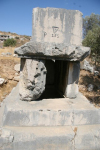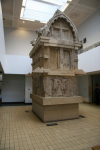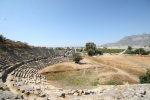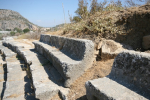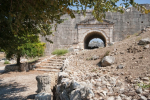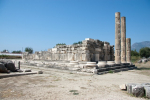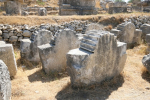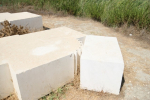This album contains all our galleries which are not for our talks
Lykia - Xanthos and Letoon
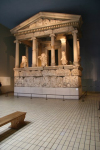 Xanthos Nereid Monument reassembled in the British Museum. The Nereids were the daughters of Poseidon. This is afree-standing temple tomb built during the Persian domination but obviously in the Greek style. While there are friezes of soldiers, the Lykians liked a good party after death and there are feasting scenes.
Xanthos Nereid Monument reassembled in the British Museum. The Nereids were the daughters of Poseidon. This is afree-standing temple tomb built during the Persian domination but obviously in the Greek style. While there are friezes of soldiers, the Lykians liked a good party after death and there are feasting scenes.
